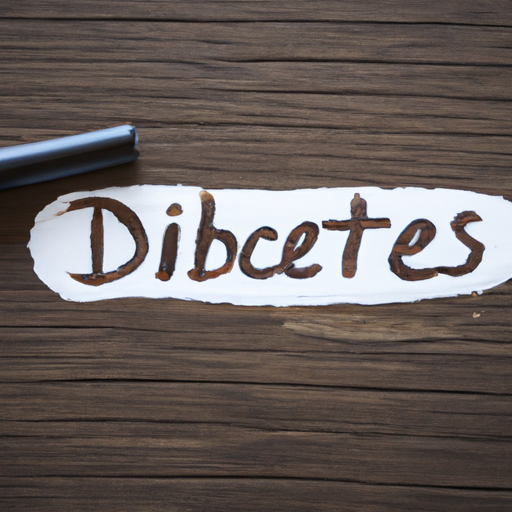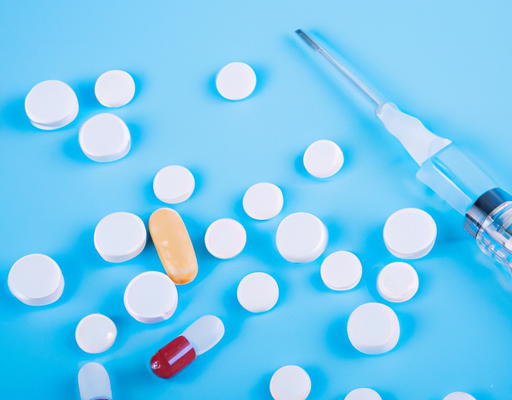• Symptoms of developing finger blisters
People who have diabetes can be prone to developing finger blisters. This is because diabetes affects the circulation of blood flow, meaning that less nutrients and oxygen reach the skin of the fingers. Additionally, because the body’s ability to heal is weakened in diabetes, blisters are more likely to occur and take longer to heal. Symptoms of developing finger blisters include dry and cracked skin, skin discoloration, inflammation, and tenderness of the affected area. People with diabetes must pay close attention to their hands and feet, checking for any redness, swelling, cuts, sores, or blistering which could potentially become serious and require medical attention. Taking proper care of the skin on the finger is essential in helping with the prevention of blisters and any other potential skin-related issues.
• Relationship between finger blisters and diabetes
Finger blisters can be a symptom of diabetes. When diabetes is left untreated for long periods of time, it can cause a decrease in the amount of sweat on the hands, feet and other parts of the body. This decrease in sweat production can lead to the development of blisters or sores on the hands. Additionally, people who have diabetes tend to have higher glucose levels, which can affect the skin’s ability to heal quickly and cause blisters. Therefore, people with diabetes should be aware that blisters on the hands could be a sign of the condition and should speak to their doctor if they experience them.
• Causes of finger blisters in diabetes
Finger blisters are a common, yet often overlooked complication of diabetes. High glucose levels cause tiny injuries to the body’s blood vessels, and these blisters often appear on the fingers as a result. For this reason, patients with diabetes are more prone to developing skin disorders compared to those without diabetes. In addition, those with diabetes often have limited circulation, which can further damage the blood vessels and cause blisters. Other factors that can increase the risk of developing blisters in diabetics include frequent contact with skin-irritating substances and increased exposure to bacteria and fungus. It is important for diabetes patients to be mindful of potential sources of skin irritation, as untreated blisters can become infected, leading to a more serious health risk.
• Treatment for finger blisters in diabetes
Finger blisters in diabetes can be quite painful and bothersome. Unfortunately, the condition is quite common in those with diabetes. The good news is that there are treatments available to help reduce the symptoms and prevent further blisters from forming. Here are some of the treatments for finger blisters in diabetes:
- Keep the affected area clean: Washing and drying the area regularly can help reduce the risk of infection and further irritation.
- Moisturize the skin: Using a moisturizing lotion can help keep skin hydrated and prevent further blister formation.
- Take pain relievers: If your finger blisters are causing discomfort, taking an over-the-counter pain reliever such as ibuprofen or acetaminophen can help relieve pain and reduce inflammation.
- Protect the affected area: Protecting the affected area with a bandage can help reduce friction and any further irritation.
- See a doctor: If your finger blisters are severe or not responding to at-home treatments, see a doctor to discuss further treatment options.
By following these treatments, you can help reduce the symptoms of finger blisters in diabetes and prevent further blister formation. It’s important to follow your doctor’s instructions and manage your diabetes to help keep blisters from forming in the first place.
• Prevention of finger blisters in diabetes
Diabetes can be especially hard on the hands, leading to a greater risk of developing finger blisters. Prevention of these painful and uncomfortable sores is key. One of the best preventative steps you can take is to keep your hands and feet clean and dry. Wash them regularly with mild soap and warm water, and then dry them thoroughly with a soft towel. If your feet become wet, dry them quickly and completely to reduce the risk of blisters or skin infections. Additionally, it’s important to check your feet regularly for signs of irritation, since diabetes can cause decreased sensation in the extremities. If you notice any tenderness or redness, see your doctor promptly for treatment. Additionally, you can reduce the risk of blisters by wearing soft, well-fitting shoes, or using a protective barrier cream, such as petroleum jelly, between your toes before wearing socks and shoes. With proper prevention and management, you can protect your skin from the risk of blisters.
• FAQs
Finger blisters can occur in people with diabetes, but can also be caused by other conditions such as an allergic reaction or infection. People with diabetes should take extra precautions to ensure that their finger blisters do not get infected. This includes keeping their hands and feet clean, wearing comfortable shoes and gloves, checking their feet daily for any wounds or areas of concern and avoiding tight-fitting rings and other jewelry. If a person with diabetes develops any blisters on their hands, they should be seen by a healthcare provider right away. If a person experiences any type of wound on their feet or legs, they should be seen immediately to ensure that it does not become infected. Knowing the signs and symptoms of infection, such as redness, warmth, pain, swelling, and pus, can help people with diabetes take the necessary steps to prevent further problems.
• Conclusion
Finger blisters can be a distressing symptom for people with diabetes, but with proper management and care, these blisters can be avoided. Finger blisters are not just a cosmetic issue but can cause difficulties in everyday activities such as typing and writing. Regular monitoring of blood sugar levels and following a healthy diet can help reduce the risk of finger blisters and other diabetic complications. To further avoid finger blisters, it is important to:
- Keep your hands clean and dry and avoid any unnecessary contact with harsh chemicals or detergents
- Avoid extended exposure to hot and cold temperatures
- Avoid excessive use of the hands, such as repetitive motions
- Moisturize the hands with a mild, fragrance-free moisturizer regularly
Finger blisters can be a troubling symptom of diabetes, however with proper care and management, these blisters can be minimized. Through monitoring blood sugar levels, maintaining a healthy lifestyle, and avoiding activities that could irritate the skin, diabetes-related finger blisters can be avoided.





No Comments